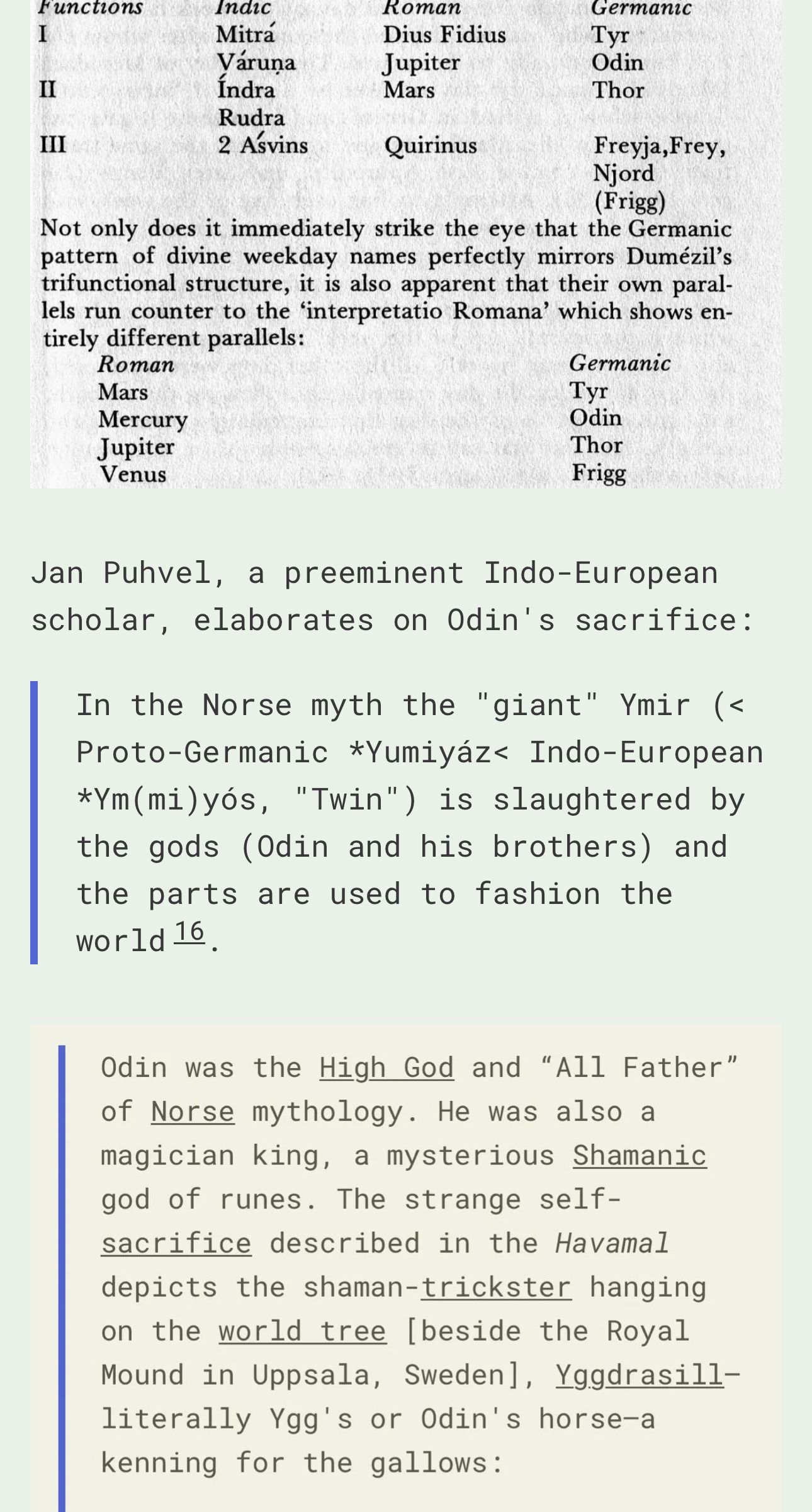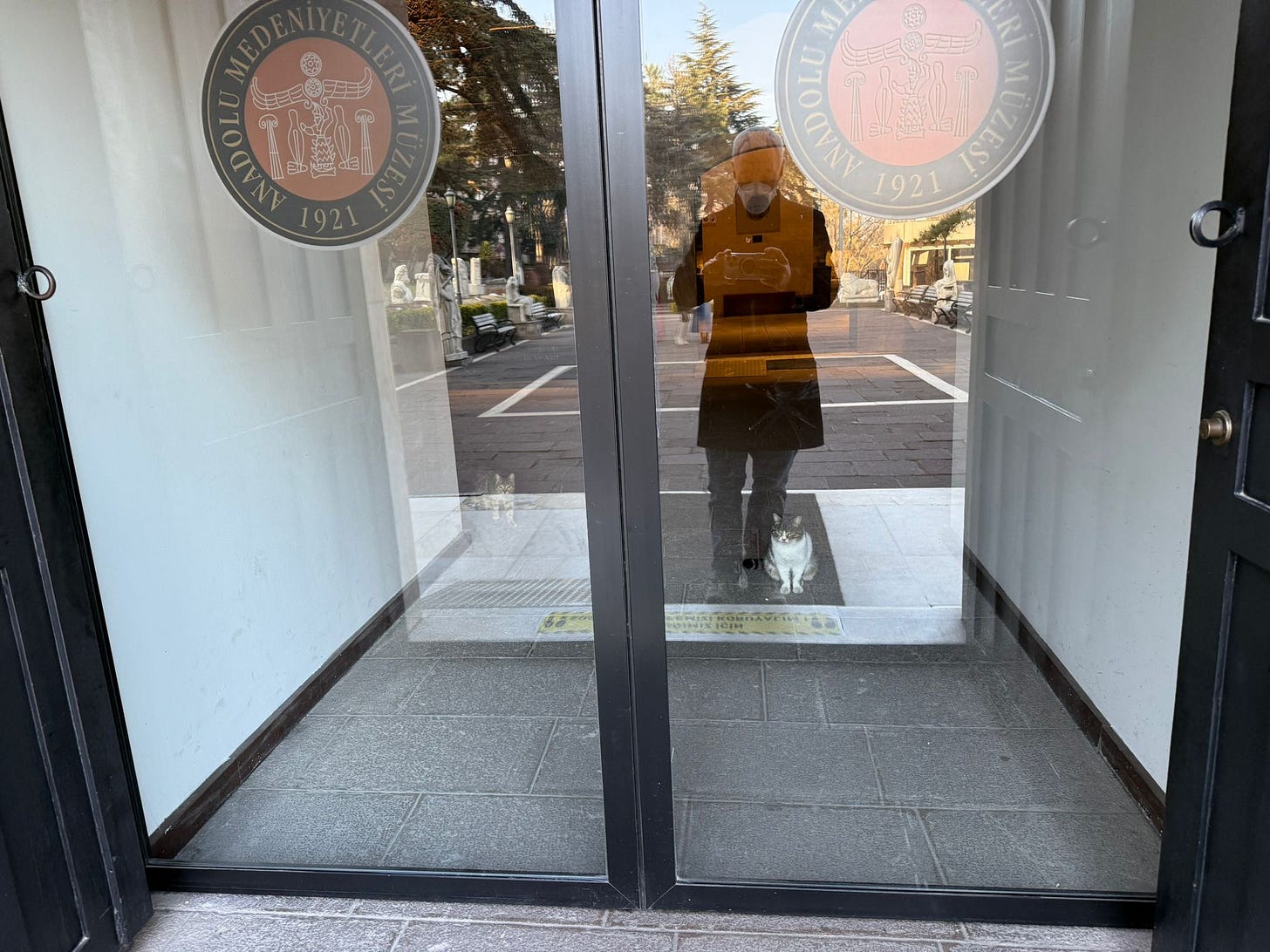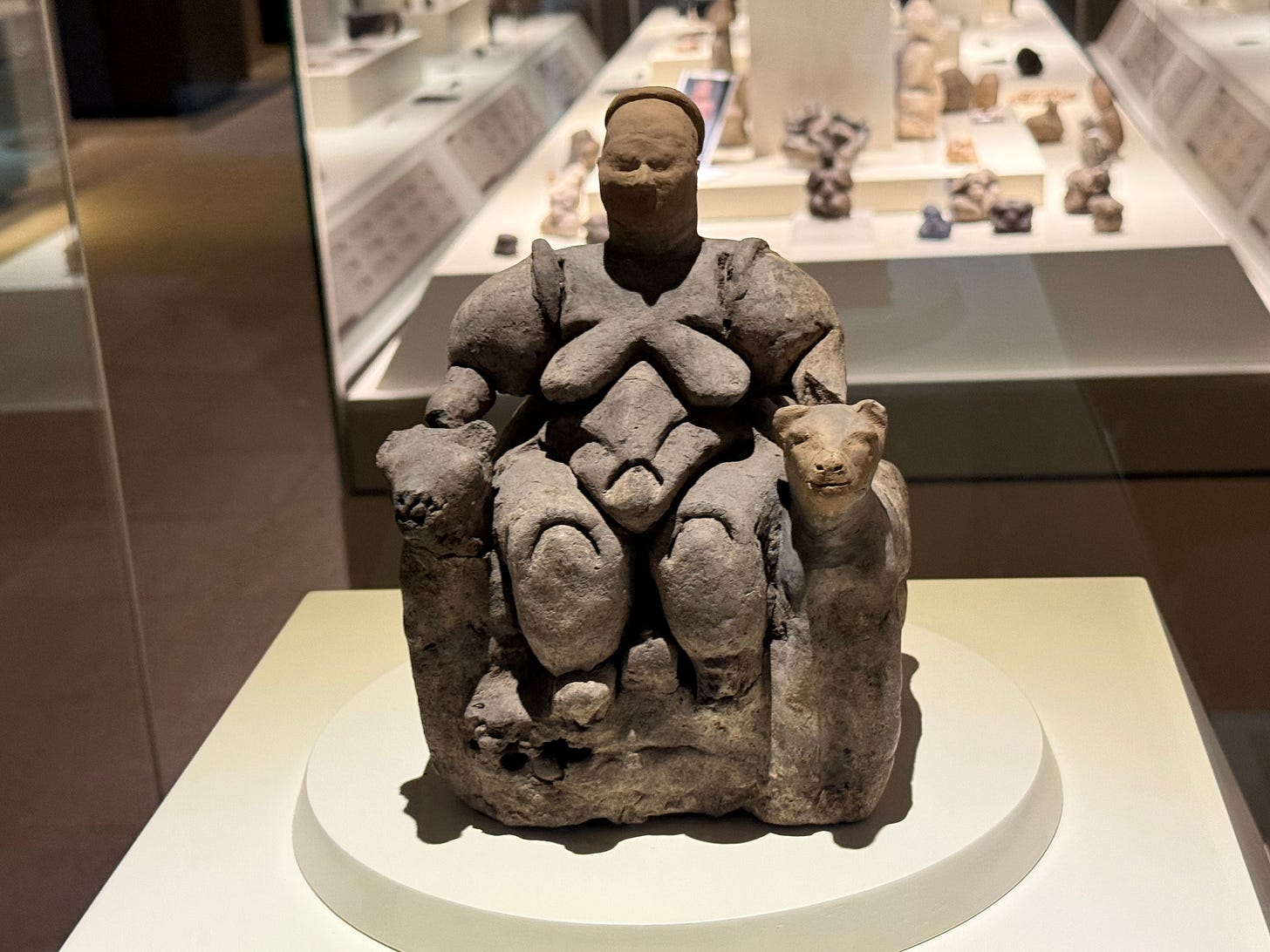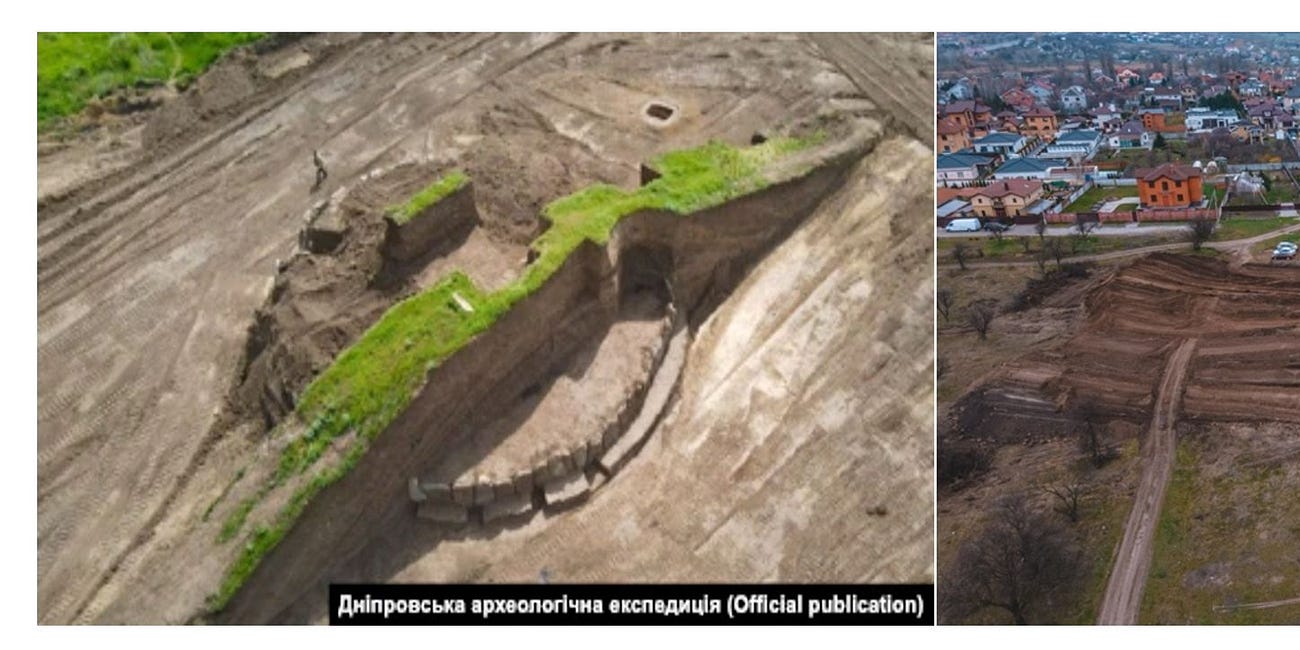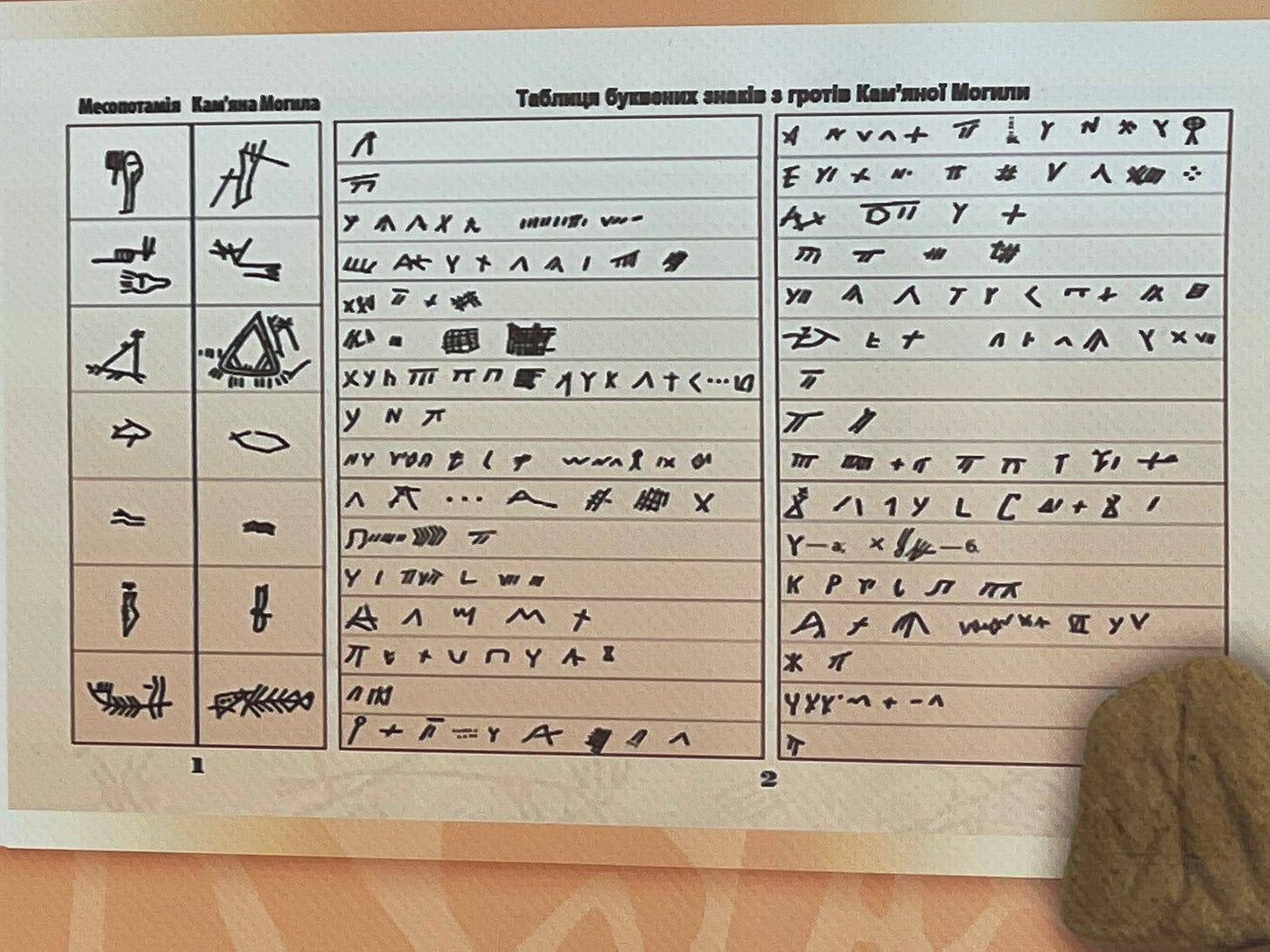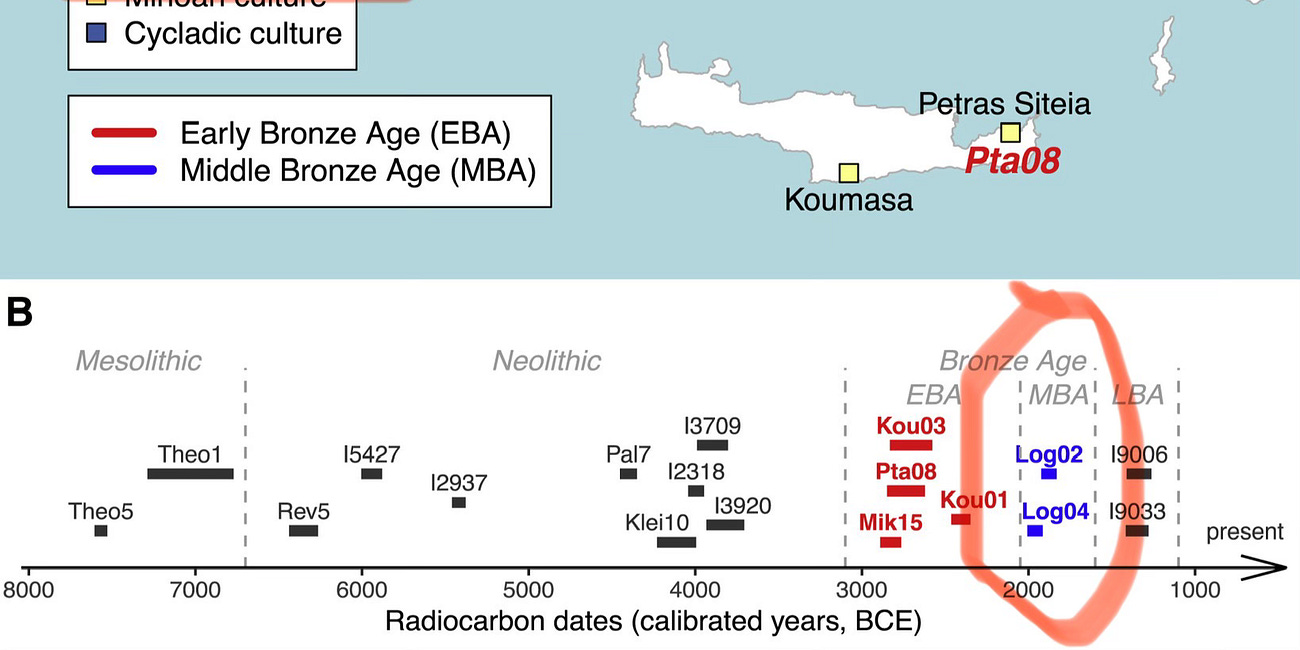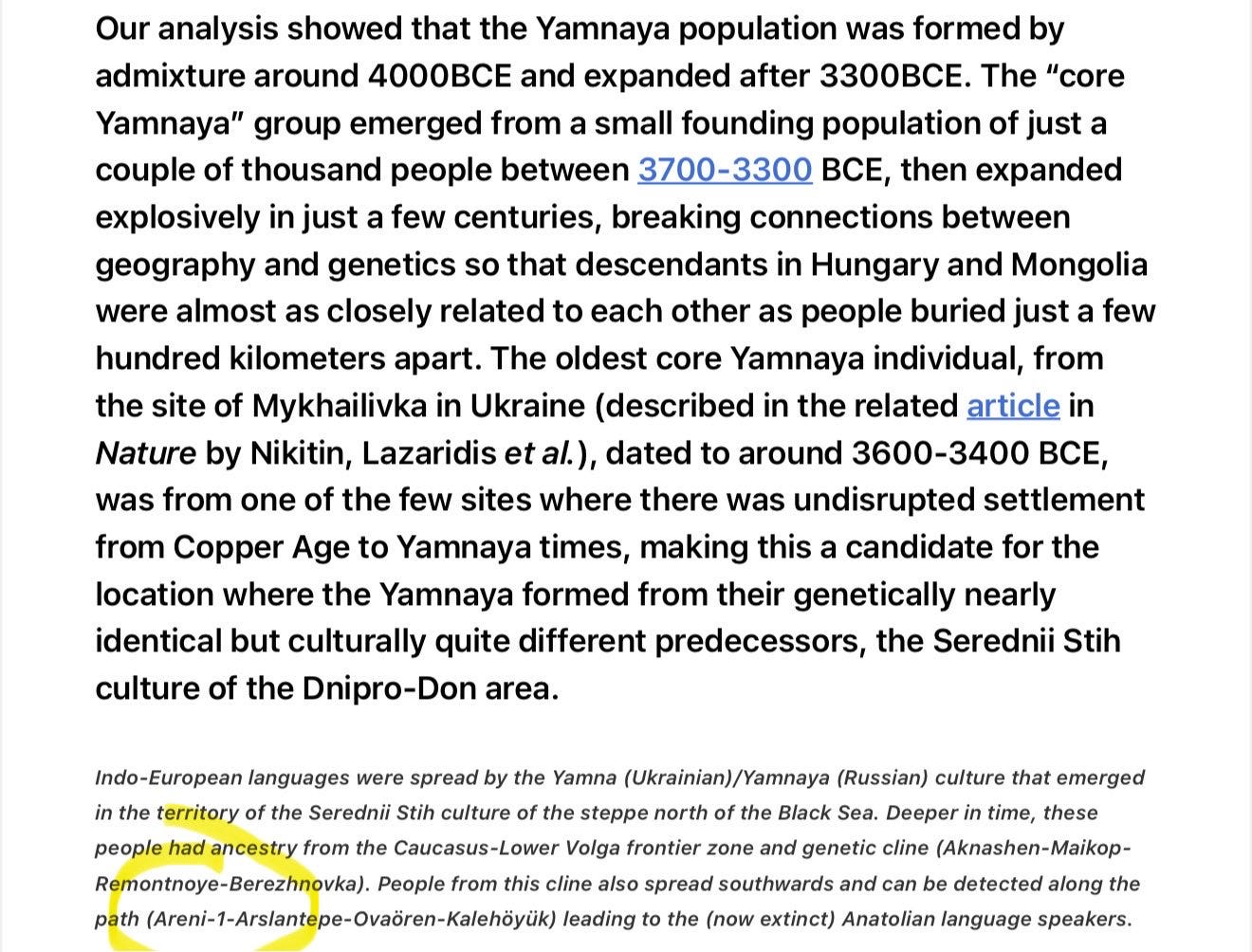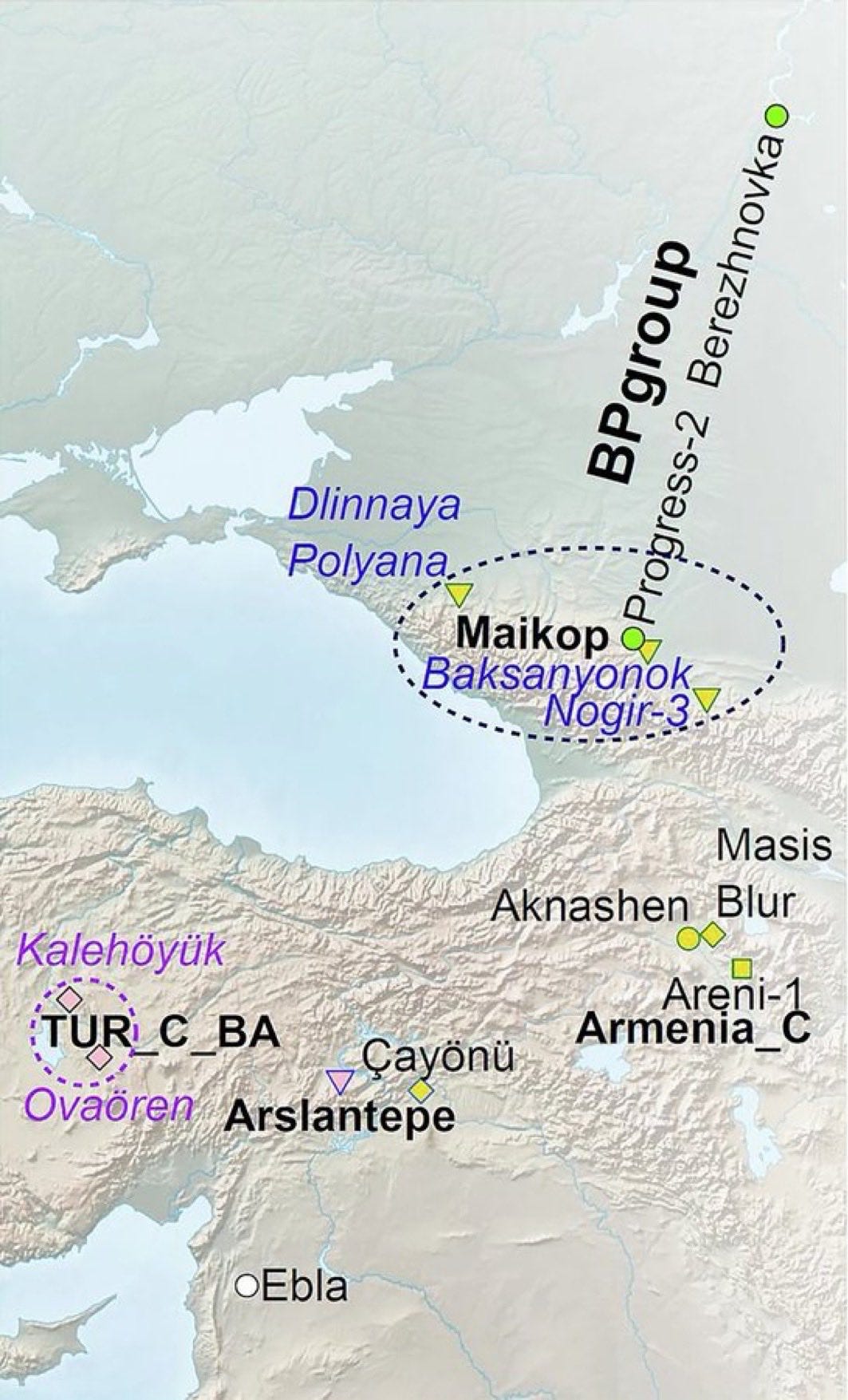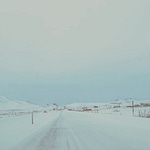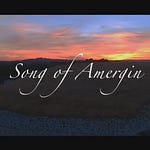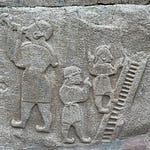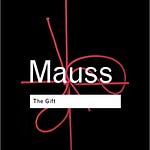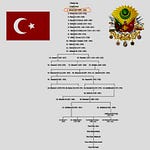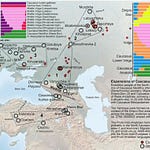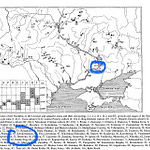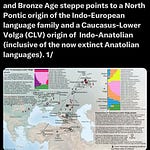So the Ingaevones, this is the ancestors who then became the English, comes from Ing, who corresponds to the Old Norse god Ingvi, Freyr. And Freyr is actually a pre-Indo-European remnant, we believe.
So in this tripartite structure I talked about where we have sovereign, soldier (so sovereign representing, you know, the monarch, the magical aspect of sovereignty, (which is all of the mystical, mythological, the poetic)), the stuff I'm really talking about today (in the context of if we're trying to build a culture of Manuland among all the Indo-European peoples) we’re reaching back into history to find our common ancestors and this M-N-sound and this area, the Yamna.
So that's kind of what I'm doing here. You have the soldiers, the security function, which is my namesake, the Istavones. Then the third function, the economic function, the fertility function, basically, we believe, which corresponds to Friday, the day Friday, corresponds to the Old Norse god Ingvi, whose name is also Freyr.
This is a pre-Indo-European layer. So prior to the Yamna, and their descendants spreading out from ancient Ukraine across to Ireland and eastwards to India, there was a common European culture, old Europe, old European culture. I've written about it before in the context of its female goddess worshipping, which is often we also think of that as the fertility function.
Old Europe’s Pre-Indo-European Female Worshipping Culture
In Europe and in parts of Western Anatolia, Ancient Ukrainian Indo-European culture replaced the more egalitarian culture of a period known to archaeologists as Old Europe – 6,500 - 3,500BCE.
And the amazing archaeological museum I visited in Ankara, which, as you now know, was founded by a Celtic language-speaking community a couple hundred years before the Common Era, and the Romans eventually conquered there as well.
That museum amazing archaeological museum which will come into many of our episodes to come.
I've already printed pictures just has vast numbers of these goddess forms which we find in every area between Ireland and India really, but particularly between Ireland and Anatolia and Ireland and Turkey in Europe.
This is the old European culture where most of the idols we find in archaeological sites from this era are female forms. 95% of them are female forms according to experts who have studied this and there's many of these sites in ancient Ukraine and contemporary Ukraine and also across Anatolia.
This layer was then replaced by the Indo-European layer, the Yamna, the emanations of the Yamna community who founded all the living Indo-European languages. And my, one of my starting points, I talk about it in the second and third episodes of Finding Manuland. Well, actually, I write about it because I haven't spoken about it yet, but I will get to voicing those episodes.
This mound in Dnipro, Dnipro, the upper Don, when you look at it in this D-n- sound, in Dnipro, where this mound, again, M-n-, in Mound, where this mound was destroyed by property developers in May 2021, which was another of my starting points for this amazing journey across Manuland.
Underneath this Yamna burial mound, where there was one, well, the first person buried there was the local monarch, the local Rì, the local Rex, the local king, reich. And there was assorted other bodies in there, including the body of the Soviet era head of the collective farm who had delusions of grandeur.
But underneath this mound was a stone circle. And that stone circle was built by the Stredny Stog culture, which predates the Yamna.
And as part of this old European layer, this unified culture across Europe from Ireland to Ukraine and indeed in Turkey and Anatolia and stuff where we find the same kinds of artifacts. And we also find, in many cases, the same script which no one has cracked as yet and probably fed into the Indo-European language.
We'll come back to that because it's very important. But the old Norse god Ingua Freyr probably corresponds to this layer and it's the survival.
So in Greek mythology, for instance, the story I've just told you is often it's, two gods fighting over each other and dominating a woman. And the woman is the fertility function. And this is a mythologized rendering of an actual historical story, which is the Indo-Europeans, the Danaeans - the Achaeans is another word they use - but the Danaeans, who are these ancient Ukrainians who over the course of of several centuries made their way from ancient Ukraine into Greece, bringing with them their mythology and their culture, which then beats in terms of a break in the archaeological record and overcomes the existing old European layer, which is often represented in mythology by the female goddess.
And that is the Frideside in Oxford, where I studied... We have Frideside Shopping Centre and Frideside Church and that Fride, which corresponds to Friday.
I talked about the tripartite structure and that structure, which was discovered by Georges Dumèzil in the 1930s, that structure actually is in the Germanic. days of the week, which is Tiwaz, Tuesday, Wednesday, Mercury in the Roman, but Woden's day, Odin. And Woden corresponds to the father of the Hermiones, Odin.
Ukraine, for instance, has just created this amazing drone interceptor and they've decided to call it Odin. And again, the D—N- sound is... is in there. But Odin and Hermiones correspond to this sovereignty function.
So that's Tiwaz Tuesday.
I also wrote one of the Finding Manuland episodes on Tiwaz, which is basically Dies, Dies, Tis, Tiwaz, which is a Germanic word rendering of God. Tiwaz, Twisto.
Double Deity: Meaning of Tuesday
Merely by saying “Tuesday,” we unconsciously invoke the intercession of the Germanic God *Tiwaz.
That represents a part of the sovereignty function.
Then we have Thursday, Thor's day, and Thor and Thursday is this Istaevones, the soldier, the security element.
So we've got this tripartite structure which recurs actually in the Germanic days of the week. It doesn't quite correspond in the Roman days of the week, but it is an interesting phenomenon of it. And Friday, Freya’s Day, Friday is the pre-Indo-European layer. Do we've got the Herminones, the German, the -M-N- sound in German.
The Deutsche - the name that the Germans give to themselves today, the Deutsche - that comes from Teut, meaning “place.”
So in Ireland, for instance, we have the second Indo-European layer of mythological invaders I talked about are the Tuatha de Danann, again the D-N- sound, but the Tuatha elememt is cognate with the Deutsche, the Teut, Teuts, which basically corresponds to place.
Mannus, the son of Tuisto, the founder, the mythological founder, twin of the Germanic, people, a twin like Romulus and Remus or Yama and Manu in Indian culture. In Germanic, it's Twisto and Mannus. It's the son, the father and the son, which again is kind of a family resemblance with the Christian element, the son of God. And The Herminones came from Irmin, the national god of the Saxons, according to Wittukind of Corvée.
So we have this M-N/, immanence, in Herminones, Irmin, Mannus, and also in Germeneur. which is a by-name of Odin, again the D-N sound in Odin, who gave their name to Odin's day, Woden's day, Wodanaz day, Odin.
White supremacists sadly support Odin. The Wagner military unit, which was part of the Russian army until it was annihilated by the Ukrainians. In Bakhmut, they worship Odin. We have many white supremacists worship Odin today. But of course, that is a corruption of that.
But so we have the D-N- and the Old Norse Irmin, the M-N- again in Germaner. and Irmin in other Scandinavian languages. So, again, we have this coincidence, this coincidence in so many different subunits of Germanic culture, but we focus on the Mannus element of it and the...
Basically, every monarch really would have these people declaiming their stories, recording their stories. So this is part of the poetic, the Brahman function, the Filid in ancient Ireland or the druid function. That culture is recreated over time by storytelling, by the kind of thing which I'm doing now that we have access thankfully because of Tacitus to these very ancient stories from there and from other cultures. We can put them together and out of this derive not just a means of passing time and amusing ourselves but also of finding commonalities between our different indo-european cultures between Ireland and India. Where we have fought so many wars and have had so many different struggles of understanding with each other. If we can somehow recall and remember and remind ourselves that we are all from the same root, and now we know through ancient DNA that we come from the same gene pool.
I carry within me the genes of the Yamna. Most people living in Indo-European cultures between Ireland and India… We have in our genomes this immanence, the... the genes of people who lived in southern Ukraine at the time, before 2500 BCE, when they started migrating in groups westwards and eastwards and northwards and to become the Italic, to become the Celtic and all that's left of the Celtic today.
All living Indo-European languages, cultures and religions emanate from Mykhailivke, the Yamna type-site in Zaporizhzhia:
Ireland is the only Celtic nation-state which has sovereignty. Wales, for instance, is the only Celtic state, only Celtic country, where there's a really very vibrant and living Celtic language, which my niece... but Wales is not yet independent.
Scotland, another Celtic country, is also subject to Ingaevones and Ingaevones’s ' descendants - the English. So then we have the Germanic, obviously, which became Ingaevones and becoming part of the English language, and the Scandinavian countries, and, of course, Germany, which first became the first unified nation state in 1870.
I also told that story in an earlier episode where I talk about the discovery of the existence of Indo-European languages in 1782, I think it was, by William Jones. A Welsh Sanskrit and ancient Iranian Celtic language and Germanic language, Greek and Latin language scholar who discovered that the coincidences in the structure, the roots of verbs and the grammar between these different languages, between the Celtic, between the Celtic and the English, between the Celtic and the Germanic, the Celtic and the Sanskrit and the Roman and the Latin and the ancient Iranian, were such that they could not have arisen by coincidence, but they must have come from a common source.
Bono, Manna, and the Discovery of Our ‘Common Source’
And thus the discovery of the Indo-European family of languages and culture was announced. One balmy night in Kolkata. 2 February 1786. By William Jones, a Welsh Oxford-trained Persian expert and lawyer, in his second presidential address to the Asiatick Society which he had founded, shortly after arriving in India to be a judge.
So our starting point today is wondering, did India's first man, was it called Manu (by coincidence?) with the Germanic first human called Mannus. If you assume the term human existed prior to these mythological founders, then you could say, well, maybe they did. And if this same phenomenon, which we call human, was called a human in the different cultures, then it would be quite natural for them to call one in one, we might call it Manu, Mannus, or Manawydin, or Manannán as in Ireland, or... Magnus in Scandinavia (with a G in there, but it's the same sound, it's the same word).
That doesn't solve the problem of why the moniker human became so ubiquitous and universal. In fact, though, we do discover that in ancient Indian, they didn't call man or human, human. So we're left with... which came first, the chicken or the egg.
I believe I found a solution to it, but I'm not going to ruin it right for you quite now. We're going to get there.
So there's a story in every place and every time of culture being founded in Homer's work. Wagner, the great German composer of the 19th century, took Tacitus' work, took Herder's work from 1777. Herder in Germany who, a part of Germany which was under French occupation, occupation by a Romance language speaking community, who had been the Gauls.
The Romans conquered them and took away their language. So only a small part of France, Brittany, spoke a Celtic language. And in fact, the Britannic Celtic language itself emanated from the island of Britain. So the Romans really comprehensively destroyed the Celtic language-speaking aspect of what would become French society. And the French then... take on a name, a foreign name for their tribe, the Franks, when really they are the Gauls. And so Charles de Gaulle, like me - my middle name is Scott, and Scott is the original name for Ireland. people who bear the name of their tribe, like Goethe or Sir Walter Scott, of their country, of their nation, state.
So Herder, which was in Frankfurt under occupation by the French, then says in 1777, where is our Shakespeare? Who will unite the 10 Germanic tribes that Tacitus had spoken?
We need a common culture to do this. Like the English have their Shakespeare and the community unites around the common language, the common tribe. We need the similar. And Wagner and Goethe and other brilliant German artists... took up this cause and they gathered the folklore and the language, the Grimm, the Brothers Grimm and the stories.
90 years later, we had the first unified German state. It is one of my founding assumptions that states and nation states today... were founded on these common culture, these common stories.
I think what I can try and do, and you're a part of this, with Manuland as a moniker to describe the community of people who live between Ireland and India, who emanate from the Yamna, whose ancestors left ancient Ukraine by around 2500 years before the Common Era. We can all find a commonality and a reason to unite, provided our mental models of history change.
So we don't focus on what happened in the 18th or 19th century into the common era. We develop a mental model, which I have taught myself over the past few years, where I dance in my mind between 6,000 years, between really 4,100 BCE, which is really when we assume we have the first evidence the Yamna grew up inside ancient Ukraine.
Then a group left there to eventually, via Armenia, enter Anatolia, who would 2,000 years later become the great Hittite Empire, which is, and the Hittite is the first, the earliest attested in the European language.
Last January, and I've written about this as well, you'll see in earlier posts, last January I saw some, the first writing we have in any Indo-European language, which is from this place, Kanis, I spoke about in my, in the first little sub-episode here.
And Kanis/Kültepe, we have this. I went to Ankara (as mentioned above) To this amazing archaeological museum. Because I wanted to see the first writing in an Indo-European language. I found it. I posted the picture. I’ll actually post it on the page here, Tarmana.
So the first writing in any Indo-European language that we have, where billions of words are written every second today, whether it's on social media... or in computer systems or on paper for shopping lists between Ireland and India over the course of the whole America, of course, which emanates from a whole muddle of different Indo-European traditions. that the first writing we have from this place, Kanis/Kültepe, in an Indo-European language between 1900 and 1800 years before the Common Era is Tarmana.
First Writing in Any Indo-European Language
I wanted to visit where the first example of writing in any Indo-European language was discovered.
It's an M-N- sound. I have to say, that was beyond my wildest dreams, was to actually see it and photograph it in the Ankara Museum of Anatolian Civilisations. They didn't know the significance to me and to the M-N-sound.
So I’m expanding your mental model from thinking um about history from the 19th century or the second world war to we want to run by the end of this I want like my mind runs very agilely through this time from 4100 bce when Tarmana’s ancestors lived in ancient Ukraine. So Tarmana, his name is written down in this cuneiform text for me to photograph in 2025, January 2025. His name, the text I saw, the cuneiform text I saw was written down between 1900 and 1800 BCE. So it was 4,025 years. years old, give or take. Now, 2000 years before then, Tarmana’s ancestors lived in Ukraine. In the Lower Don.
We have around 1200 words, sounds, meanings. So not just the words, the sounds and the meanings. which Tarmana’s ancestors spoke in ancient Ukraine. It's called Proto-Indo-European. I call it ancient Ukrainian because now we know it was spoken in ancient Ukraine.
The M-N- sound is there in the word for moon, which is a much more important word in their culture and in their community than it is in perhaps ours until I came along and discovered this origins of the M-N-sound.
Continued:
Continued from:
First in series:
Finding Manuland I
In October 2021 I was returning from my final vacation before my forced retirement from my beloved diplomatic posting to Ukraine.





